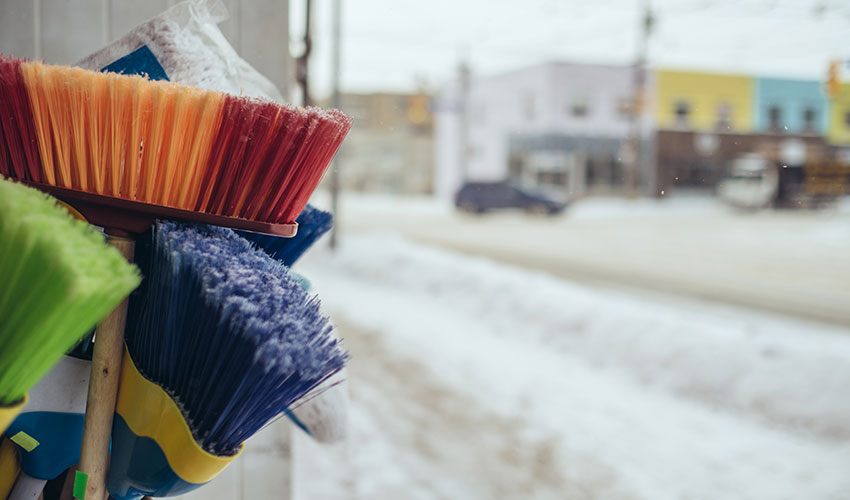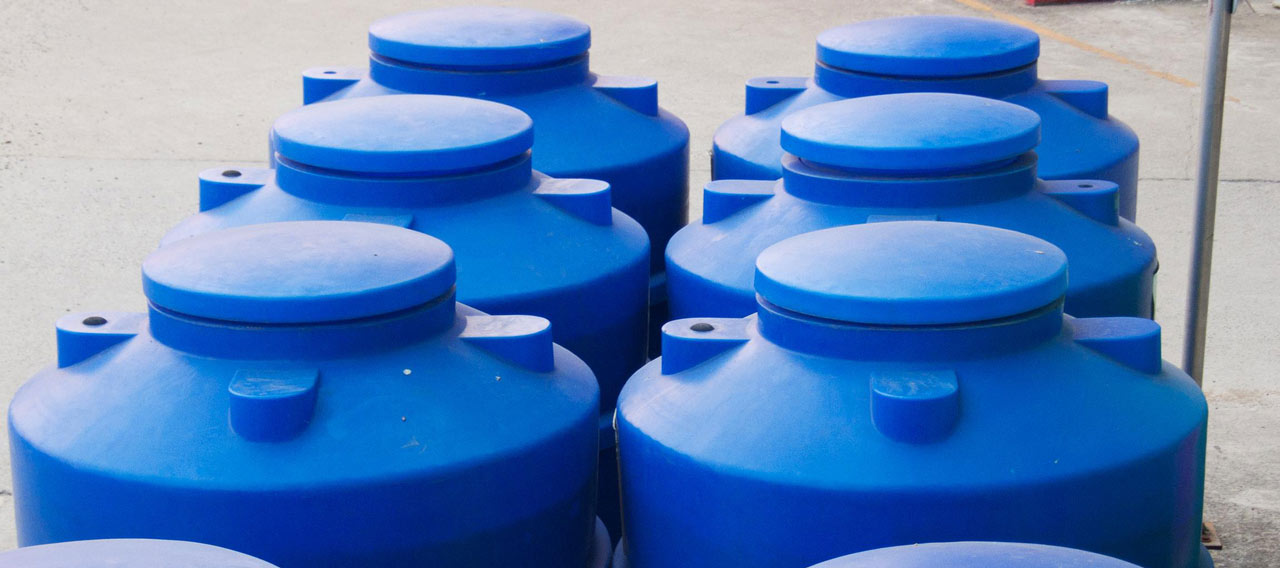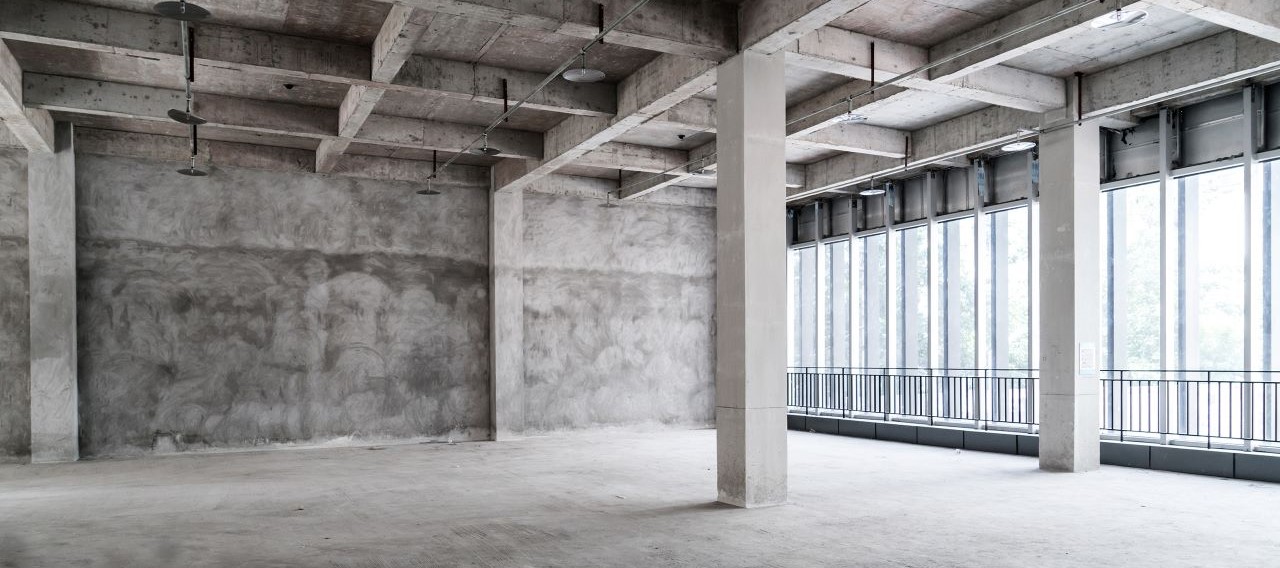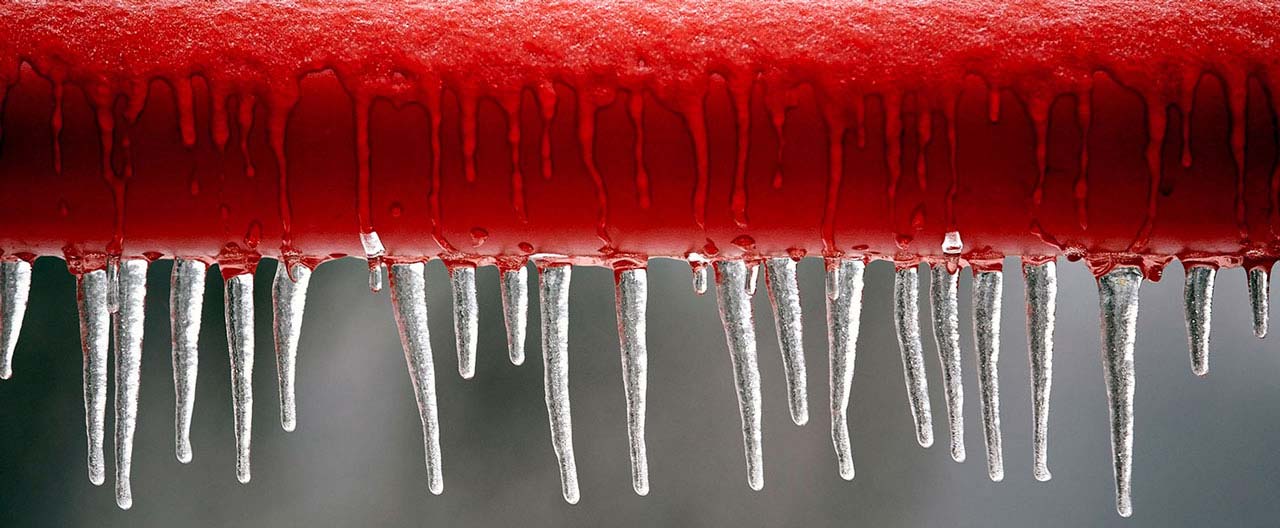Although winter weather can’t be avoided, you can reduce your company’s vulnerability to the cold season by taking action before and throughout the winter.
Climate change is a reality and its effects can be seen by an increased frequency and severity of natural catastrophes and weather extremes. Winter weather can cause damage and disruption to your business, even if snow and ice are uncommon in your area. Many storms are accompanied by dangerously low temperatures and sometimes by strong winds, ice, sleet, and freezing rain. Reduce your company’s vulnerability to a winter storm by taking action before and throughout the cold season.
Follow these best practices to prepare for winter weather and help minimize its impact on your facility, employees, and business continuity.
How to prepare your property and equipment for cold weather
Below are a few tips to help prepare your property and equipment in the event your area is hit with extreme cold weather conditions.
- Restore or provide heat to buildings to maintain a minimum temperature of 40°F.
- Ensure all doors, windows, skylights, ventilators, and shafts are weather-tight to prevent cold air from entering any part of the building. Check areas of recent construction.
- Maintain a list of contractors, equipment/parts suppliers that can respond to building freeze-up problems.
- Maintain a list of employees with contact numbers to be utilized in the event work is canceled or delayed. Identify employees who can assist with recovery efforts.
- Track National Weather Service updates (warnings/watches) for the latest storm information or listen to a National Oceanic and Atmospheric Administration (NOAA) weather radio or other local news channels.
- Create an emergency preparedness kit with at least a three-day supply of non-perishable food and bottled water, flashlights, and a battery-powered radio.
Prepare your walking surfaces
- Provide moisture-absorbent mats, rugs, or runners at building entrances to reduce wet and slippery floors. Have caution signage available.
- Clear storm drains of debris to minimize the risk of runoff water ponding.
- Arrange for snow removal to clear premises and access roads before the winter season occurs. If snow removal is performed by your own personnel, have sufficient snow removal equipment available and maintain alternative contractors.
- Mark and identify concrete tire stops, fire hydrants, and landscaped islands in parking areas. When snow-covered, these pose an unseen and dangerous trip and fall hazard.
- Determine where the piles of snow removed from parking areas are to be stockpiled.
Protecting your building equipment
- Inspect all emergency power sources such as generators to assure proper operation.
- Inspect emergency heating systems to assure proper operation.
- Maintain adequate fuel supplies and reserves for primary and emergency purposes.
- When additional heating is required, maintain at least three feet of clearance between the heat source and all combustible materials.
- Ensure that all temporary heaters are UL listed and fitted with automatic high temperature and tip-over shut-off devices.
- Ensure that idle cooling equipment such as cooling coils, chillers, and compressors are drained and/or installed in areas with heat. Cooling equipment operating year-round must have operating and de-icing procedures implemented to prevent freeze-ups and ice damage.
- Shield equipment and inventory that is located directly below susceptible frozen pipes with water-resistant coverings.
- Add listed/approved heat tracing to process systems piping that are susceptible to freezing.

Prepare fire protection systems
- Provide 24-hour security with hourly fire watch rounds while electrical power is off.
- Verify that sprinkler system water gongs and fire department connections are self-draining.
- All wet sprinkler systems, wet standpipe systems, and other protective systems with piping located in areas that are subject to freezing and cannot be adequately heated or heat traced should be shut off, drained, and tagged to follow Chubb impairment procedures.
- Add listed/approved heat tracing to protective system piping that is susceptible to freezing.
- Keep snow and ice clear from access ways, control valves, fire hydrants, hose cabinets, smoke/heat vents, water motor goings, and fire department connections.
- Remove any water accumulation from a dry pipe valve system through all low point drains, hose headers, fire pump headers, priming water drains, or valve pits.
- Ensure that no sprinkler heads are installed less than three feet from heaters or heat-producing equipment/appliances.
- Conduct specific gravity testing for all anti-freeze containing pipes and/or equipment.
- Test and inspect all low temperature alarm devices.
- Position flags, pendants, or markers to identify the location of yard hydrants, post indicator valves, or other equipment at risk of being covered by heavy snowfall.
- Where sprinkler systems have frozen, close the main valve before thawing the system to prevent water damage if pipes/fittings have cracked. Thaw the system and then open the main valve slowly with the assistance of “spotters” looking for leaks throughout the building. Shut down the system immediately if leaks are noted and follow impairment procedures.
- Cap off or remove piping where ruptures have occurred. Isolate these areas, provide impairment precautions, and return the system to service as soon as possible.
Prepare roof areas
- Identify reputable resources (staff, contractors, and equipment suppliers) to remove large accumulations of snow from the roof to prevent collapse.
- Prior to the storm, inspect roof drains to ensure they are clear of debris and fully functional. Before allowing employees access to roofs, implement a Fall Protection Program that meets OSHA standards.
- During the storm, initiate a periodic roof inspection program to monitor the conditions on the roof and drains. Special attention should be paid to the following:
- Check multi-level roof sections for drifting snow
- Areas where immediate roof bracing/support is necessary
- Use salt around drains to keep snow/ice accumulations from freezing
- Large accumulations on long expanses of unsupported roof areas
- Avoid overloading isolated areas during the clearing process by removing snow in a systematic manner
- Heat tracing can be used to ensure drain risers do not become blocked by ice after they have been cleared.
- Remove ice from skylights and around large heating, ventilation, and air conditioning equipment units, as well as facades, penthouses, and parapets.
- Remove ice buildup along the eaves/troughs and edge of the roofline.
- If the roof is pitched and without drains, open paths to eaves to ensure drainage and prevent ponding.
- Take care to not damage roof coverings during snow/ice removal. Avoid using ice-picking tools. Do not attempt to remove ALL snow or ice down from the roof covering. This will help to avoid damaging the roof membrane.
For more information on how you can prepare, plan for extreme cold weather email us at Loss-Control-Service@chubb.com.
Insights and expertise








This document is advisory in nature and is offered as a resource to be used together with your professional insurance advisors in maintaining a loss prevention program. It is an overview only, and is not intended as a substitute for consultation with your insurance broker, or for legal, engineering or other professional advice.
Chubb is the marketing name used to refer to subsidiaries of Chubb Limited providing insurance and related services. For a list of these subsidiaries, please visit our website at www.chubb.com. Insurance provided by ACE American Insurance Company and its U.S. based Chubb underwriting company affiliates. All products may not be available in all states. This communication contains product summaries only. Coverage is subject to the language of the policies as actually issued. Surplus lines insurance sold only through licensed surplus lines producers. Chubb, 202 Hall's Mill Road, Whitehouse Station, NJ 08889-1600.










